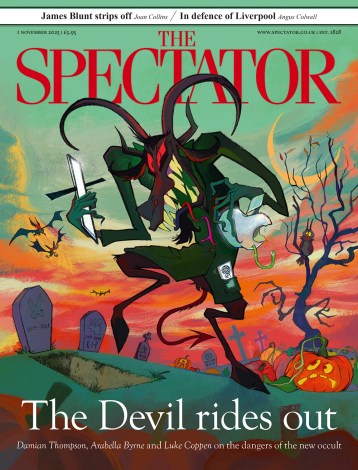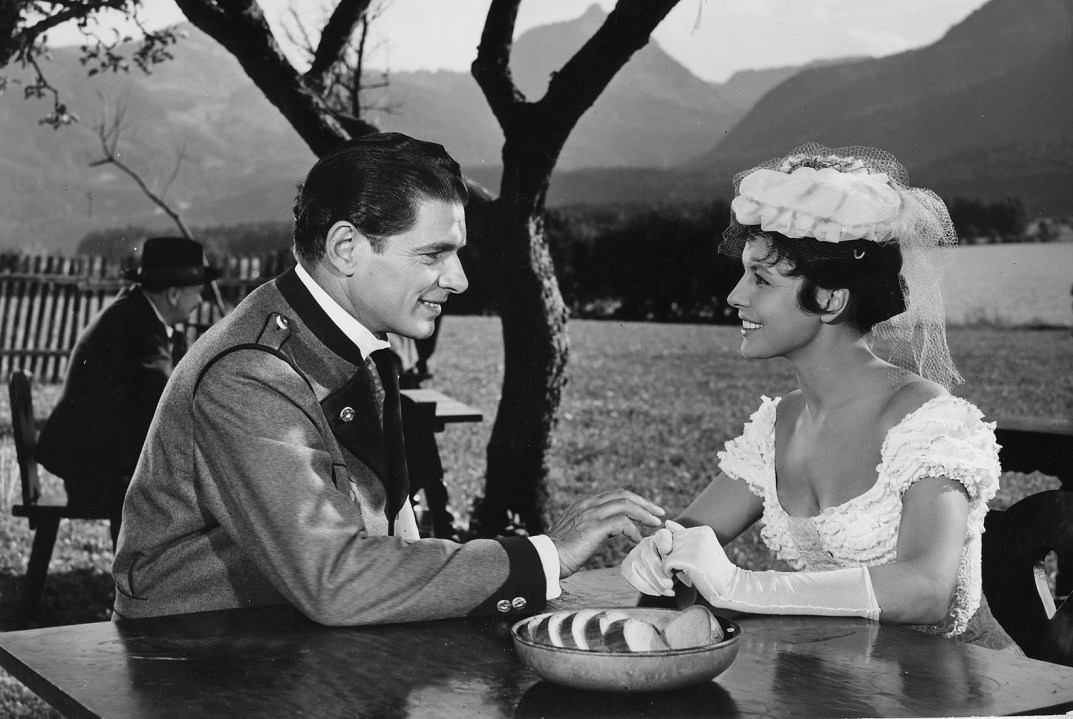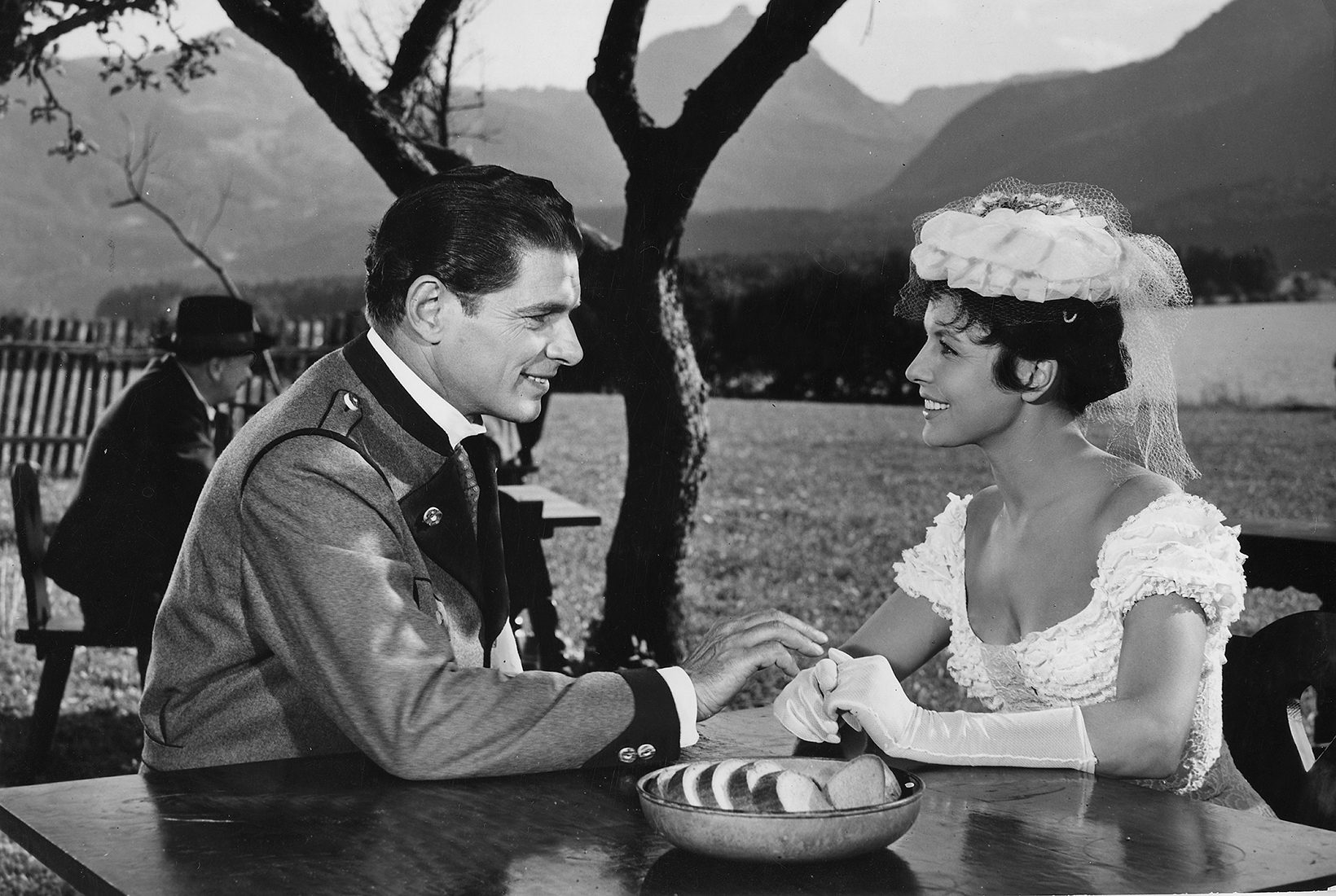The full addictive potential of classical YouTube needs to be experienced to be understood. And let’s be honest, there are only so many lockdown videos the human spirit can take. Which is why, on a sunny spring afternoon, in the prime of life and health, I find myself watching the late John Cage stroking bits of wire with a feather.
The haircuts suggest that we’re in the early 1980s, and a Ron Burgundy type is floating across the screen in a little box. ‘It’s been said that listening to John Cage’s music is like chewing sand,’ he explains, unhelpfully. It seems that we’ve also been watching a live performance by the German artist Joseph Beuys. And that we’re now going over to a firework display at the Pompidou Centre.
This stuff is like crack for me and the algorithms know it. That’s the afternoon gone
What? Why? No time to wonder, because you forgot to disable autoplay and YouTube, which sees your most secret desires, has already launched another distraction: Kaiserball, one and a half hours of prime Viennese movie-operetta from 1956. There are palaces, pretty girls and Habsburg uniforms. ‘Between Salzburg and Bad Ischl runs a dear little railway,’ goes the song, and a steam train chuffs through Technicolor mountains. This stuff is like crack for me, and the algorithms know it. That’s the afternoon gone.
Okay, a new day; time to see what YouTube offers the serious opera-lover. Michael Tanner recently described an extraordinary 1962 Bayreuth Parsifal, and YouTube holds open an irresistible possibility: what if, against all odds and copyright laws, someone secretly recorded that unforgettable performance? No? Well, it was worth a look, because YouTube does have a Bavarian Radio tape of another complete Parsifal from the same run, admittedly without the last-minute substitution of Astrid Varnay, whose Kundry burned itself so fiercely on to Tanner’s memory. But hang on: there in the sidebar is a complete performance of Die Walküre from that same 1962 festival, with Varnay as Brünnhilde. Should I click, and hear why he rated her so highly? It’s only four hours long — and what’s that these days?
Until recently I’d ignored all this. I knew that there was fun to be had on YouTube, but only through the clips that musician friends have dropped into my inbox over the years. A pianist pal, incredulous, forwards a link to Cliff Richard’s ‘A Girl in Every Port’: is this the most hyperactive orchestration of all time? Those kids need to lay off the espresso. Then there’s the seasonal delight of the 2014 Christmas in Vienna medley, in which four opera singers perform George Michael. The real horror starts at 8’30”; this, people, is why we can never truly belong in Europe. Meanwhile the clip of Handel’s Messiah in which a rogue organist suddenly goes full Charles Ives has been doing the rounds for years. I knew a chorus manager who used it as his ringtone.
But generally, YouTube has felt less like a treasure house than one of those labyrinthine, semi-derelict antiques centres from whose musty piles of bric-à-brac you might — might! — pull out a lost Stanley Spencer, though you’re more likely to end up recoiling from an amateur daub of a sad clown. There’s no arguing with the effort that has produced four compilations of ‘Perle Nere’: basically, opera singers screwing up. A tenor fluffs a high F in ‘I Puritani’ — imagine a rhino achieving climax — and a Yugoslavian mezzo sings an entire scene from Carmen in a state of advanced refreshment. ‘There are no mean intentions behind this video,’ bullshits the opening caption; in truth, this is export-strength schadenfreude and I’d like to say that I didn’t laugh. The tea spattered all over my laptop tells a different story.
Still, blaming YouTube for its content is like the rage of Caliban. We can do better. Rewatch Leonard Bernstein conducting Beethoven’s Ninth in Berlin just after the Wall came down: the old showman almost buckles under the weight of history, then visibly rallies to produce one of the supreme performances of his life, and possibly the century. You really do need the pictures. Or try Lotte Reiniger’s 1935 silhouette animation Papageno, a Mozart-inspired fantasy so playful and enchanting that you’ll wonder if paper cut-outs can possess a human soul.
I’d read that in 1922 the Russian composer Arseny Avraamov had performed an outdoor ‘Symphony of Sirens’ for ships, locomotives and factory whistles in Baku harbour. Has anyone ever tried to recreate this? Turns out the answer is yes, and it’s surprisingly listenable. Maurice Ravel is captured on a silent film with the critic Olin Downes — a quick lift of the eyebrows, and those elegant, sculpted features suddenly flash with life. And George Butterworth earnestly performs Morris dances with Cecil Sharp and some jolly-looking gals in pinafores. It’s 1912; four years later he’d be dead on the Somme. Someone has dubbed music on to the footage, but somehow it’s more moving when you watch it in silence.







Comments